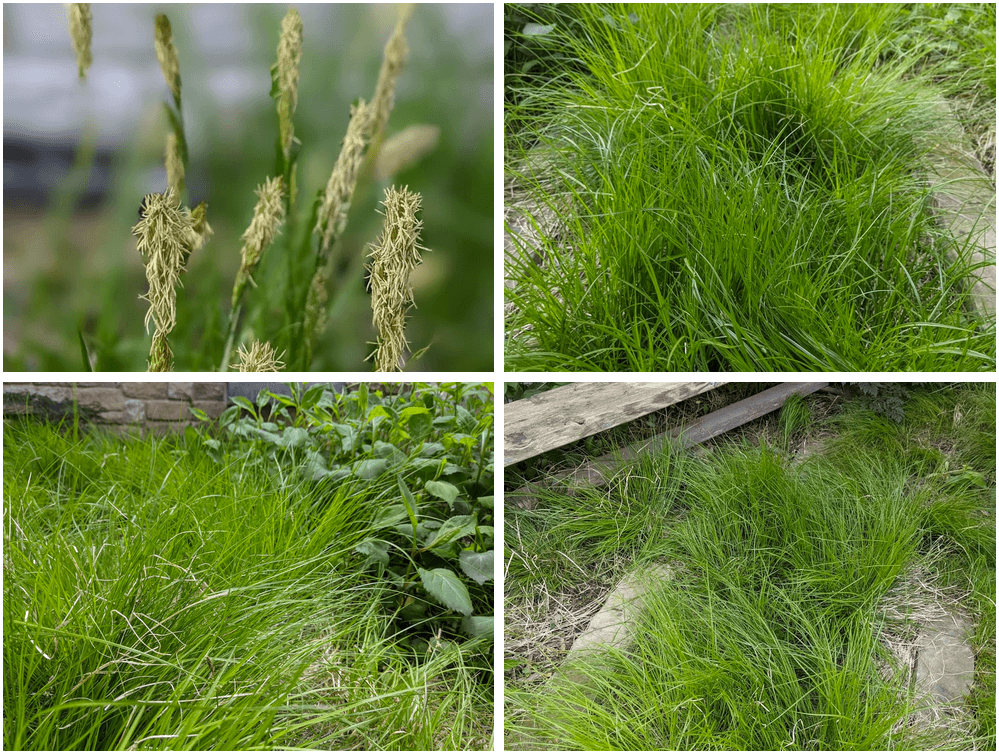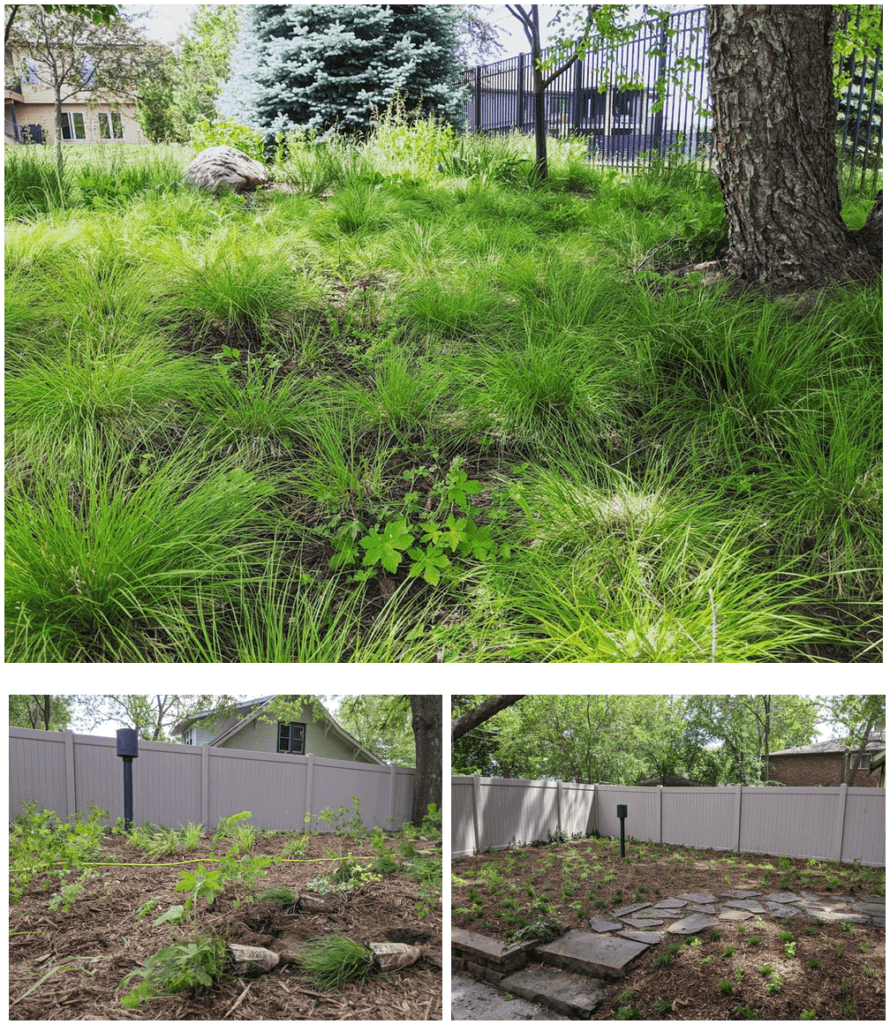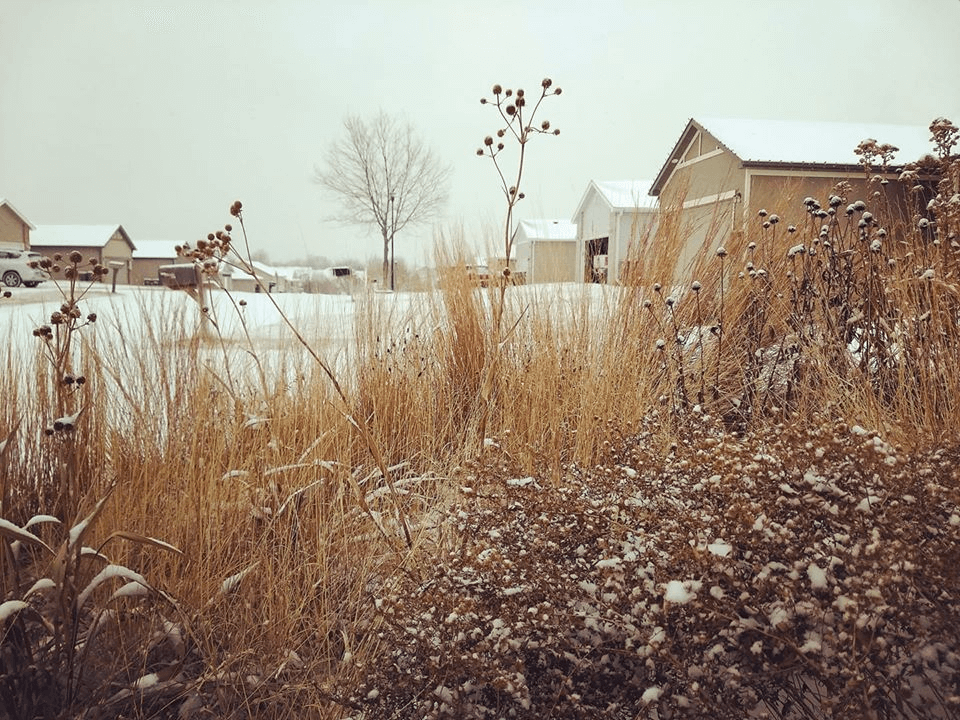
A Plant Sociability Research Journey Example
Oh that’s a cool plant, stiff goldenrod, Oligoneuron rigidum. I wonder if that would work in my garden. Maybe it’s
Of course you can have a beautiful, ecological garden full of native plants in dry shade. And of course you can even have a meadow — it just might not be as tall as a full-sun prairie garden composed of warm season grasses, but that can be a benefit. Gardens with shorter plants might look less weedy to others, and in smaller spaces this is a boon. Take our modest 200′ shade meadow at HQ where we’re using Carex albicans and Carex pensylvanica, along with a few forbs (Solidago flexicaulis, Geranium maculatum, Aquilegia canadensis, Thalictrum dioicum).

The C. albicans is a clumper that lightly self sows, but C. pensylvanica is a runner that fills in the gaps. Between the two species you get excellent coverage or a living green mulch which you can leave as is, or bring in some drifts, masses, or dotting of flowers with various habits and seasonality. Check out this short video of a 5 year old sedge meadow created by Roy Diblik to see how these sedge develop. And below, enjoy a client’s developing Carex albicans space, and another’s newly-planted shade garden composed of four intermingling sedge species (with 10 flower species).

You can even use these shade tolerant sedge in a different setting, like full sun. Carex sprengelii and Carex blanda are two we can add to the list. All can do well beneath the shade of taller plants, and in the case of C. blanda you’ll have an aggressive, spreading groundcover that (like the others) greens up earlier in the the spring. If you don’t have taller plants to throw some shade, a consistently moist soil could work — especially for C. sprengelii. But of course there are dozens and hundreds of sedge that fit every site condition and plant community imaginable; I’m just trying to push sedge as much as I can because we’re only scratching the surface of what they can do in a layered garden community.

Oh that’s a cool plant, stiff goldenrod, Oligoneuron rigidum. I wonder if that would work in my garden. Maybe it’s

Sometimes we might think a garden left standing over winter isn’t as pretty, even though we know the ecosystem value
